New Blogs - Coming Soon
New Blogs - Coming Soon
To all my followers. I am creating some new blogs to include different interests of mine besides just astronomy and space engine. The first blog will be about rabbits and sharks. I know it sounds like an odd mix, but it covers both my favorites from land and the sea and will include pics of my two buns. A few other possible blogs I might start include general interests, sci-fi stuff, and maybe just thought for the day type material.
The rabbits and sharks blog should be up and running soon.
More Posts from Sharkspaceengine and Others




Pictures of the day - December 8, 2018
Insight B System - Sixth Planet’s (Insight B-VI) Major Moons
Three large terrestrial-sized moons orbit Insight B-VI, all of them being roughly halfway between the size of Mars and Venus. Lunar Stats Below.
Insight B-VI-M2 (Second Moon) Radius = 4,567.71 km (0.72 x Earth) Mass = 0.24 Earth Masses Atmosphere = 0.13 Atmospheres/ Ammonia, Sulfur Dioxide, Methane, and Carbon Dioxide
Insight B-VI-M3 (Third Moon) Radius = 5,672.06 km (0.89 x Earth) Mass = 0.31 Earth Masses Atmosphere = 0.23 Atmospheres/ Carbon Dioxide, Methane and Acetylene
Insight B-VI-M4 (Fourth moon) Radius = 5,786.11 km (0.91 x Earth) Mass = 0.40 Earth Masses Atmosphere = 0.01 Atmospheres/ Methane, Carbon Dioxide and Nitrogen
High Resolution Pictures
All Three Major Moons
Insight B-VI-M2 (Second Moon)
insight B-VI-M3 (Third Moon)
Insight B-VI-M4 (Fourth Moon)
Thank You for Following
I see I now have 13 followers. Thank you for that. Glad to see other people are enjoying my space engine pics and other astronomy topics.
Once again thank you.

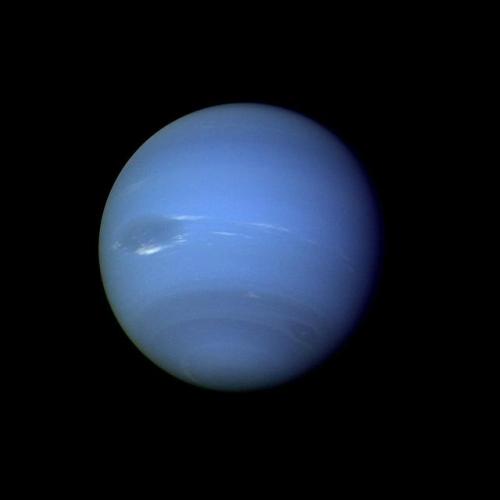
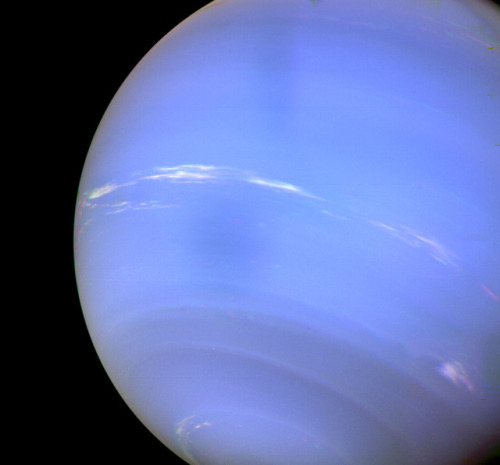
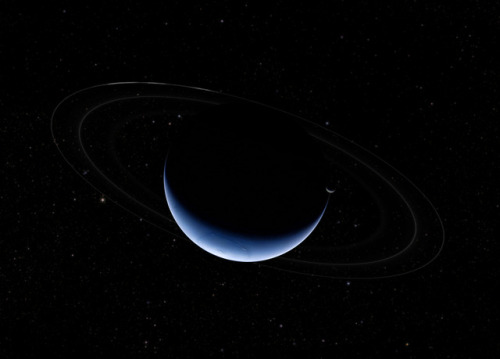
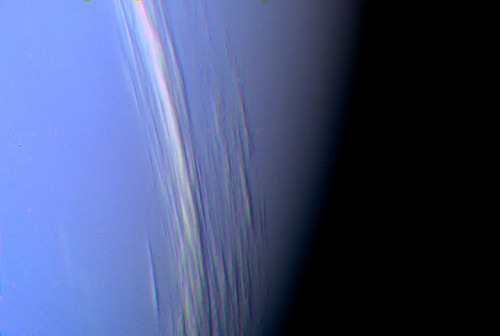
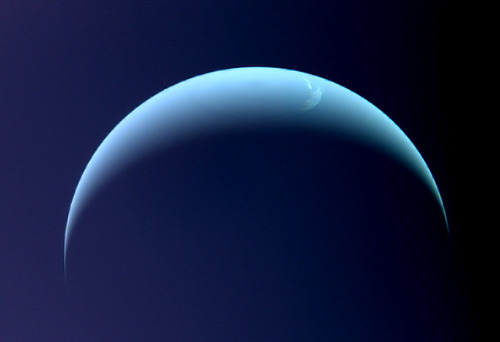
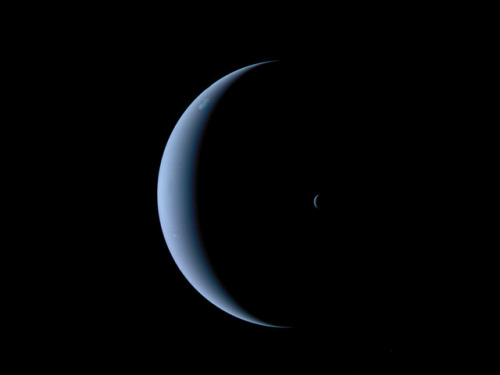
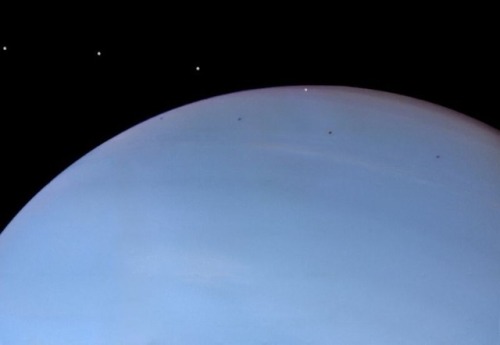
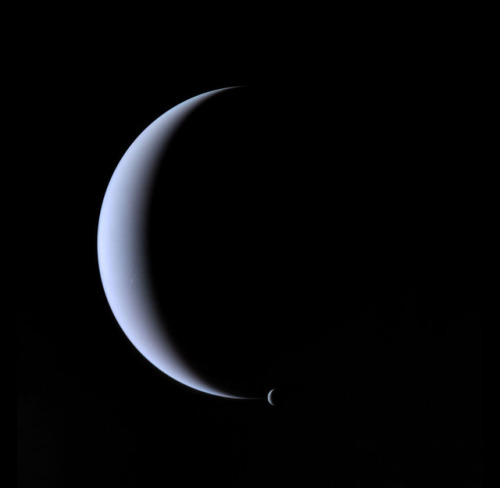
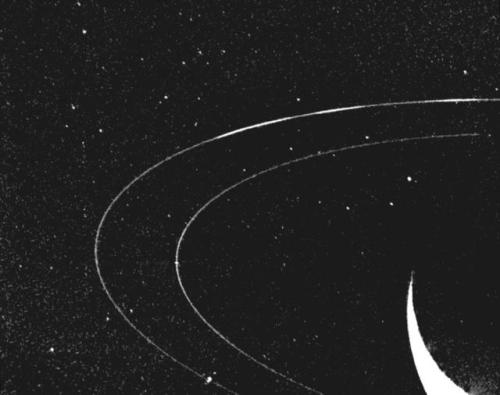
Neptune ♆
On this day in 1846 was discovered the planet Neptune.
The ice giant Neptune was the first planet located through mathematical predictions rather than through regular observations of the sky. (Galileo had recorded it as a fixed star during observations with his small telescope in 1612 and 1613.) When Uranus didn’t travel exactly as astronomers expected it to, a French mathematician, Urbain Joseph Le Verrier, proposed the position and mass of another as yet unknown planet that could cause the observed changes to Uranus’ orbit. After being ignored by French astronomers, Le Verrier sent his predictions to Johann Gottfried Galle at the Berlin Observatory, who found Neptune on his first night of searching in 1846. Seventeen days later, its largest moon, Triton, was also discovered.
Neptune is invisible to the naked eye because of its extreme distance from Earth. Interestingly, the highly eccentric orbit of the dwarf planet Pluto brings Pluto inside Neptune’s orbit for a 20-year period out of every 248 Earth years. Pluto can never crash into Neptune, though, because for every three laps Neptune takes around the Sun, Pluto makes two. This repeating pattern prevents close approaches of the two bodies.
Nearly 4.5 billion kilometers (2.8 billion miles) from the Sun, Neptune orbits the Sun once every 165 years.
Uranus’ blue-green color is also the result of atmospheric methane, but Neptune is a more vivid, brighter blue, so there must be an unknown component that causes the more intense color.
Despite its great distance and low energy input from the Sun, Neptune’s winds can be three times stronger than Jupiter’s and nine times stronger than Earth’s.
Winds on Neptune travel faster than the speed of sound.
In 1989, Voyager 2 tracked a large, oval-shaped, dark storm in Neptune’s southern hemisphere. This “Great Dark Spot” was large enough to contain the entire Earth.
Neptune has five known rings. Voyager 2’s observations confirmed that these unusual rings are not uniform but have four thick regions (clumps of dust) called arcs. The rings are thought to be relatively young and short-lived.
Neptune has 14 known moons, six of which were discovered by Voyager 2.
Triton, Neptune’s largest moon, orbits the planet in the opposite direction compared with the rest of the moons, suggesting that it may have been captured by Neptune in the distant past.
To know more about the planet Neptune click here and here.
Images credit: NASA/JPL- Caltech (some images processed by Kevin M. Gill)

Picture of the day - December 12, 2018
Moon rise over Insight B-V. The second sun is also visible in this pic.

Picture of the Day - January 4, 2019
A hot desert-world with exotic land-based life.
Space Engine System ID: RS 5613-2267-7-1038156-494 A3 to visit the world in Space Engine.

Picture of the day - December 7, 2018
Insight B-VI viewed from the surface of its 4th moon.






Pictures of the day - December 2, 2018
Insight System - Third Planet orbiting Insight B (Insight B-III)
Insight B-III is the giant of the Insight System, being the most massive planet of both of the system’s stars. It is a massive gas giant the nears the boundary with a brown dwarf at 11.75 Jupiter masses. The planet has an active atmosphere from both solar heating and internally released heat and has an average atmospheric temperature of 147 F.
The planet orbits the sun at an average distance of 0.21 AU, and completes an orbit once every 41.33 days. The planet is not quite tidally locked with a rotational rate of 41.67 days vs its orbital period of 41.33 days. As a result, a solar day on the planet lasts 14.00 Earth years.
No major satellites orbit the planet; however, 30 asteroid-like irregular satellites orbit the planet.
Note the star visible in the last picture is the Insight System’s primary star Insight A. Viewed from the gas giant, the star shines with an average magnitude of -17.29, bright enough that it illuminates the dark side of objects to approximately the same level of lighting as the average living room.
High Resolution Pictures
Insight B-III
Polar View
Crescent View
Equatorial Cloud Bands
Nearby asteroid moon
Distant asteroid moon
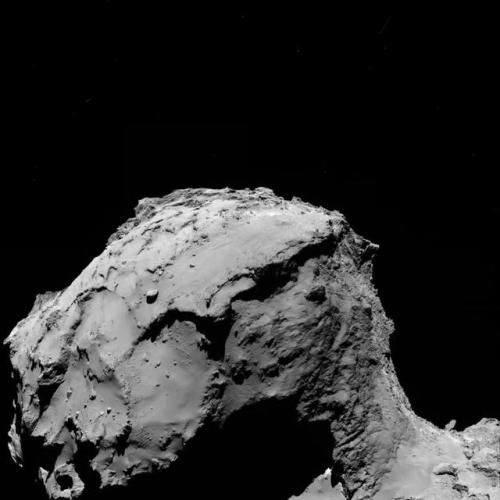
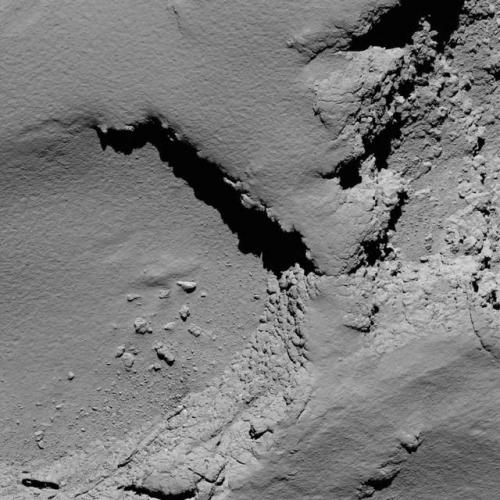
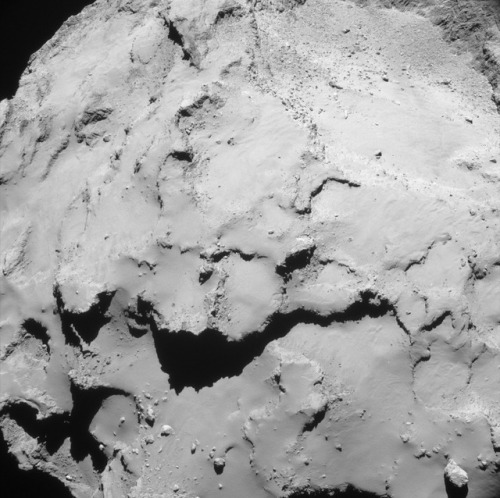
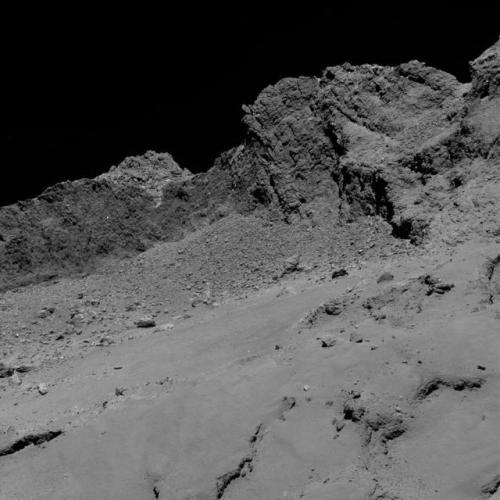
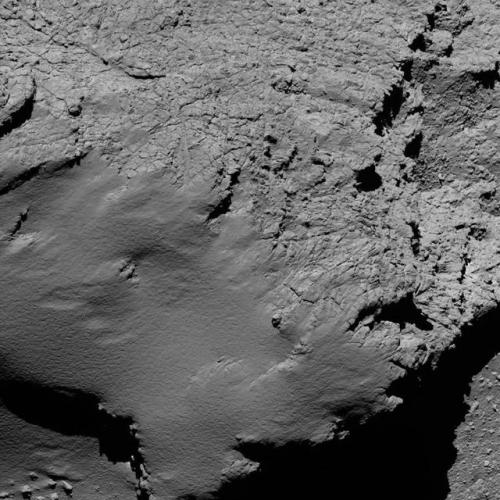
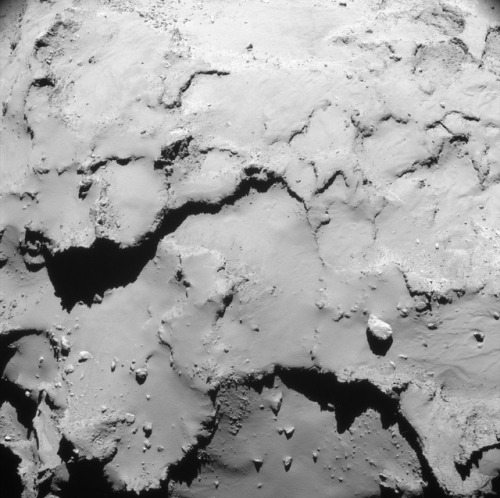
September 30, 2016: Views of Comet 67P/Churyumov-Gerasimenko captured by the Rosetta probe during the spacecraft’s final descent.
(ESA)
Green Desert

Picture of the Day - November 2, 2018
Weird green desert-world rich in life, but lacking any bodies of surface liquids. Planet has a thin carbon dioxide atmosphere, average surface temperature of 73°F on the day side and is tidally locked to the sun.
-
 lulu-stotts liked this · 6 years ago
lulu-stotts liked this · 6 years ago -
 sharkspaceengine reblogged this · 6 years ago
sharkspaceengine reblogged this · 6 years ago
My Space Engine Adventures, also any space related topic or news. www.spaceengine.org to download space engine. The game is free by the way. Please feel free to ask me anything, provide suggestions on systems to visit or post any space related topic.Check out my other blog https://bunsandsharks.tumblr.com for rabbit and shark blog.
294 posts
